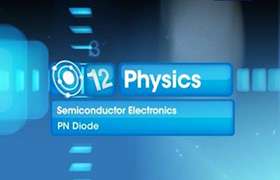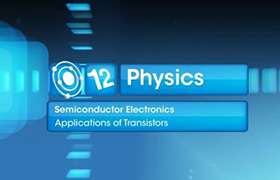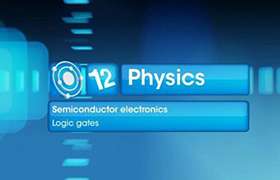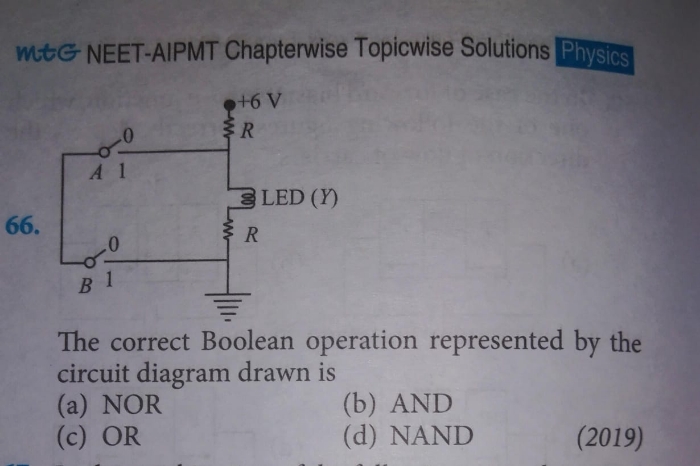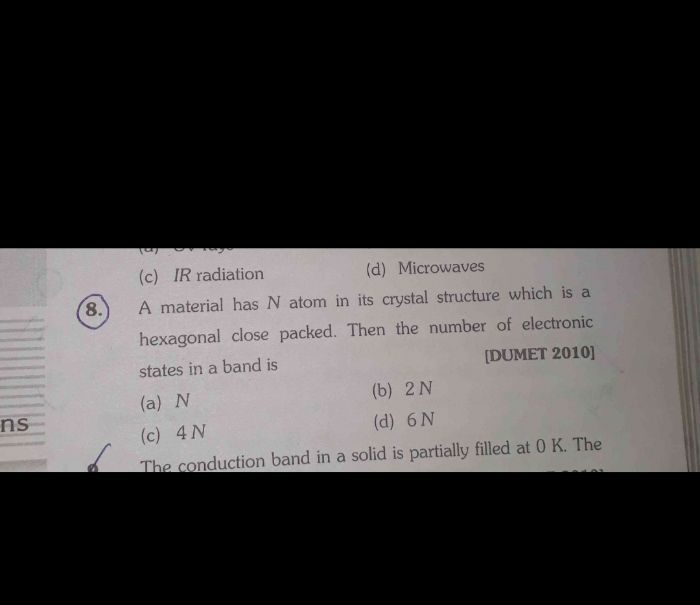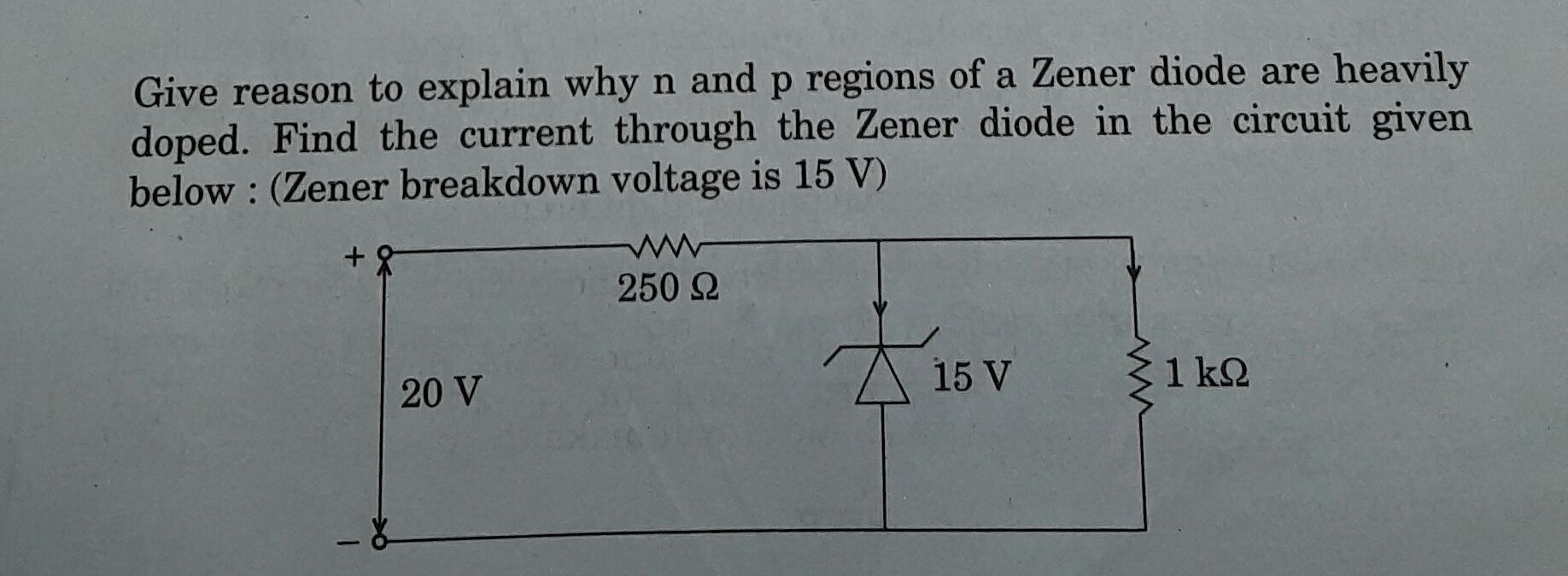CBSE Class 12-science Answered
The Transistor as a Switch
When used as an AC signal amplifier, the transistors Base biasing voltage is applied in such a way that it always operates within its "active" region, that is the linear part of the output characteristics curves are used. However, both the NPN & PNP type bipolar transistors can be made to operate as "ON/OFF" type solid state switches by biasing the transistors base differently to that of a signal amplifier.
Solid state switches are one of the main applications for the use of transistors, and transistor switches can be used for controlling high power devices such as motors, solenoids or lamps, but they can also used in digital electronics and logic gate circuits.
The areas of operation for a transistor switch are known as the Saturation Region and the Cut-off Region. This means then that we can ignore the operating Q-point biasing and voltage divider circuitry required for amplification, and use the transistor as a switch by driving it back and forth between its "fully-OFF" (cut-off) and "fully-ON" (saturation) regions as shown below.
Operating Regions

The pink shaded area at the bottom of the curves represents the "Cut-off" region while the blue area to the left represents the "Saturation" region of the transistor. Both these transistor regions are defined as:
1. Cut-off Region
Here the operating conditions of the transistor are zero input base current ( IB ), zero output collector current ( IC ) and maximum collector voltage ( VCE ) which results in a large depletion layer and no current flowing through the device. Therefore the transistor is switched "Fully-OFF".
Cut-off Characteristics
 |
|
Then we can define the "cut-off region" or "OFF mode" when using a bipolar transistor as a switch as being, both junctions reverse biased, VB < 0.7v and IC = 0. For a PNP transistor, the Emitter potential must be negative with respect to the Base.
2. Saturation Region
Here the transistor will be biased so that the maximum amount of base current is applied, resulting in maximum collector current resulting in the minimum collector emitter voltage drop which results in the depletion layer being as small as possible and maximum current flowing through the transistor. Therefore the transistor is switched "Fully-ON".
Saturation Characteristics
 |
|
Basic NPN Transistor Switching Circuit


